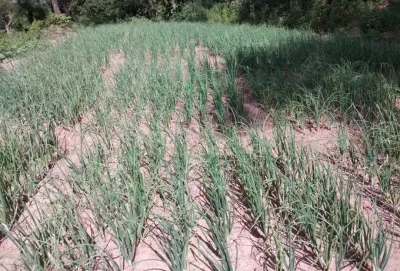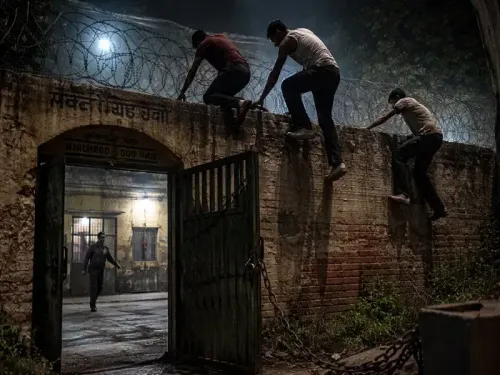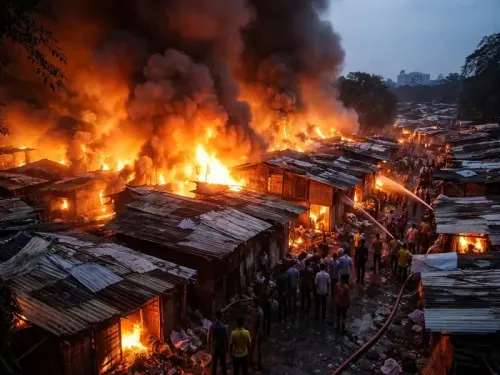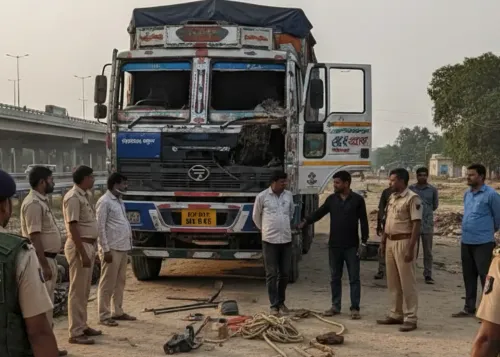How is Kharif Sowing Progressing in Gujarat?

Synopsis
Key Takeaways
- Kharif sowing has reached 50.32% of Gujarat's cultivable area.
- Groundnut and cotton lead the sowing progress.
- Gujarat has experienced 46.89% of its average seasonal rainfall.
- 34 dams are currently on high alert due to rainfall.
- 4,278 people have been evacuated from low-lying areas.
Gandhinagar, July 8 (NationPress) As of July 7, Kharif sowing in Gujarat has advanced to 50.32 percent of the entire cultivable land, based on information from the state Agriculture Department.
The current sown area is now recorded at 43.05 lakh hectares, showcasing a consistent increase in crop coverage during the ongoing monsoon season. Groundnut remains the leading crop in Gujarat's kharif cultivation, with sowing finalized across 17.59 lakh hectares, closely trailed by cotton at 17.10 lakh hectares.
Other significant crops include fodder crops (3.10 lakh ha), soybean (1.58 lakh ha), vegetables (1.03 lakh ha), and maize (80,000 ha). Additional sowing activities have also been documented for millet, paddy, tur, moong, castor, guar, and jowar. The progress in sowing aligns with the varied rainfall patterns across the state.
The State Emergency Operation Centre (SEOC) in Gandhinagar reports that Gujarat has received 46.89 percent of its average seasonal rainfall.
Regionally, Kutch is leading with 56 percent of seasonal rainfall, followed by South Gujarat (51.12 percent), Saurashtra (45.92 percent), East-Central Gujarat (45.29 percent), and North Gujarat (41.62 percent).
A total of 42 talukas have experienced rainfall averaging 40 inches, with 15 talukas receiving as much as 80 inches, while 126 talukas have observed between 10 to 20 inches of rain thus far this monsoon.
In the last 24 hours, significant rainfall was recorded, including 4 inches in Borsad, 3.7 inches in Godhra, 2.3 inches in Gandhidham, and 2 inches in Devbhumi Dwarka. This rainfall has also influenced the state’s water infrastructure.
At present, 34 dams are on high alert, 20 are on alert, and 19 are at warning levels. The Sardar Sarovar Dam, a vital water source, is currently at 48.21 percent of its total storage capacity.
Due to heavy rainfall, 4,278 individuals have been evacuated from low-lying areas across 10 districts, and 685 people have been rescued by efforts from local administration, the National Disaster Response Force (NDRF), and the State Disaster Response Force (SDRF).
Despite weather-related challenges, the majority of roads and ST bus services remain functional, ensuring connectivity throughout the state.










